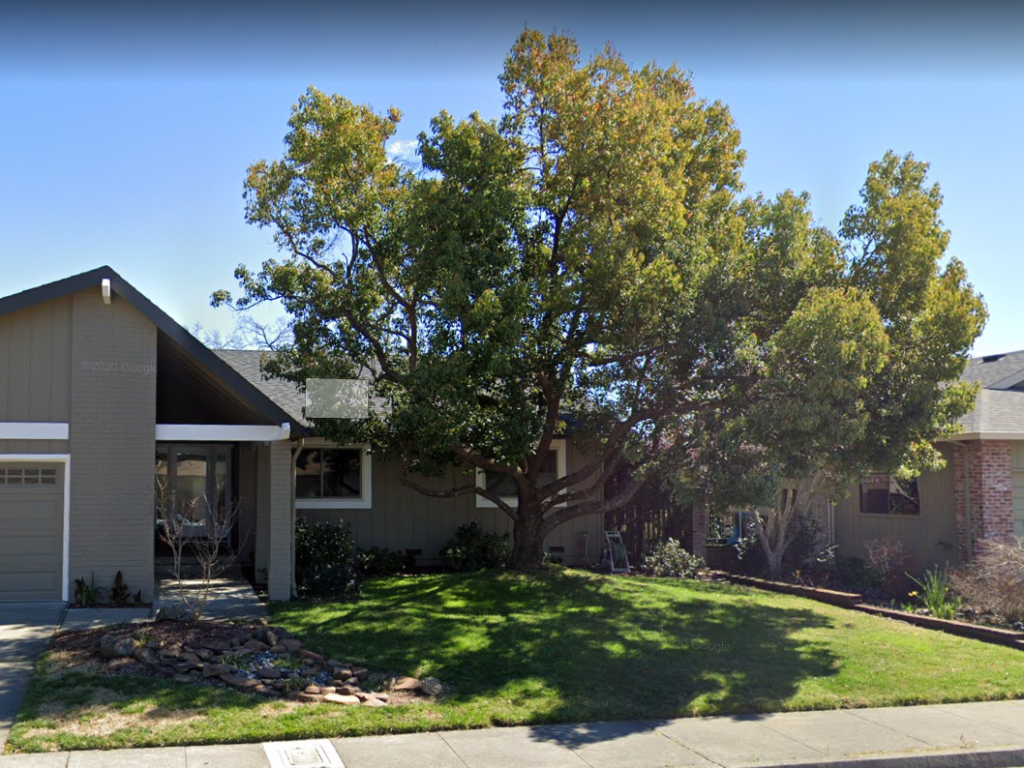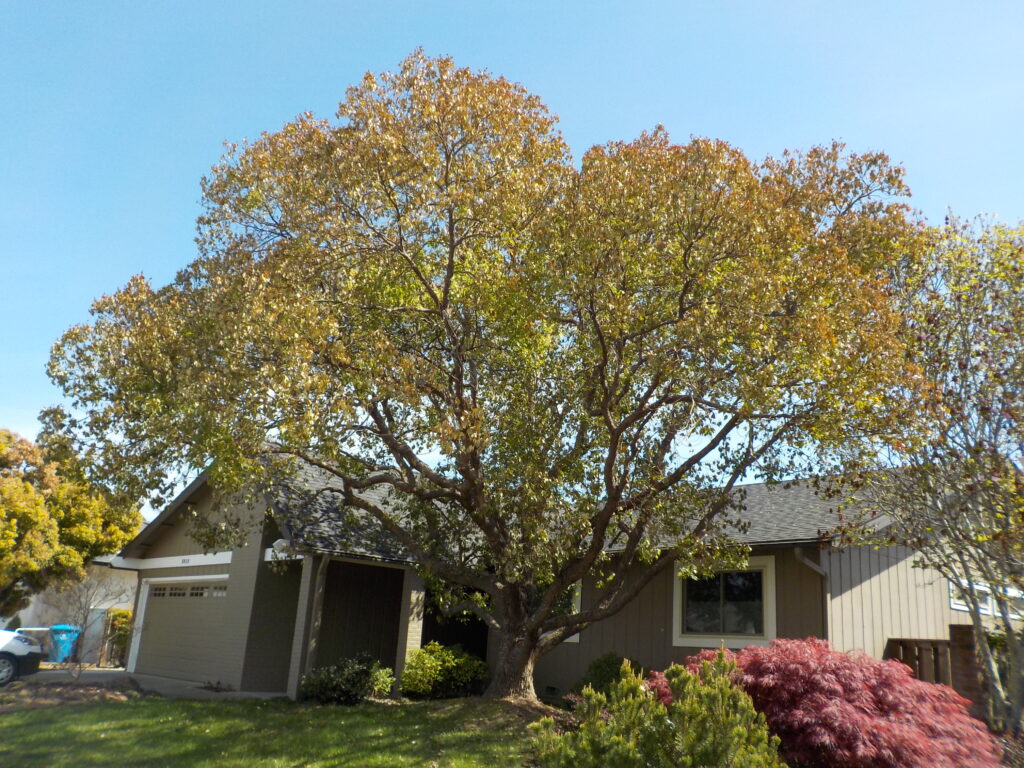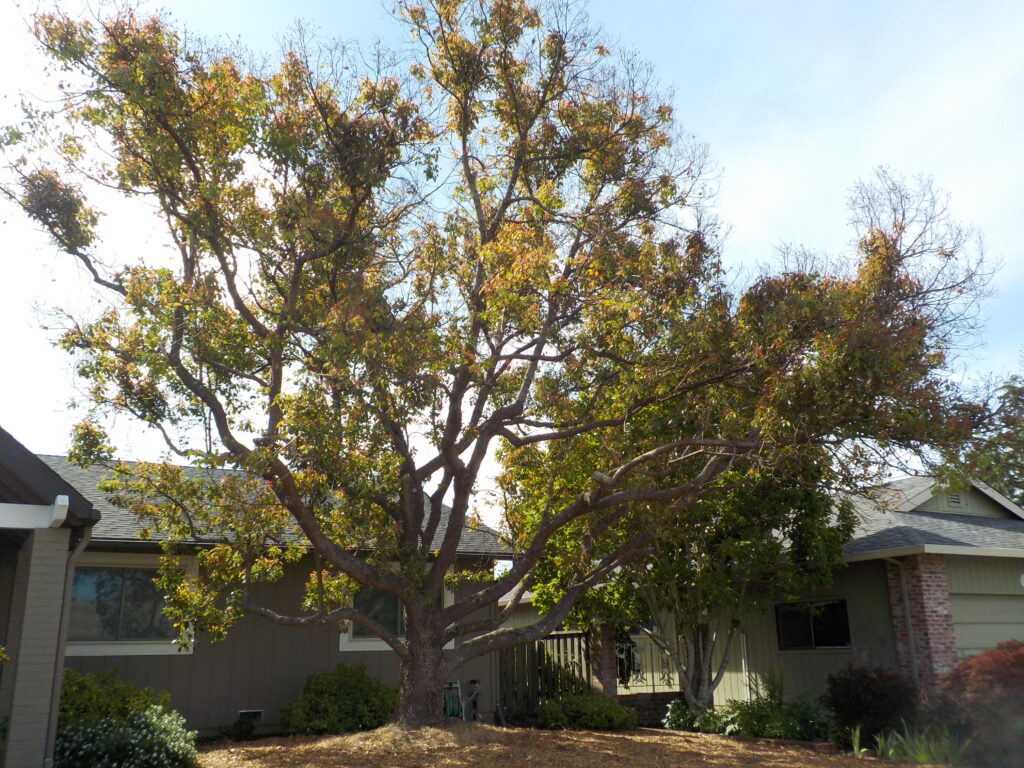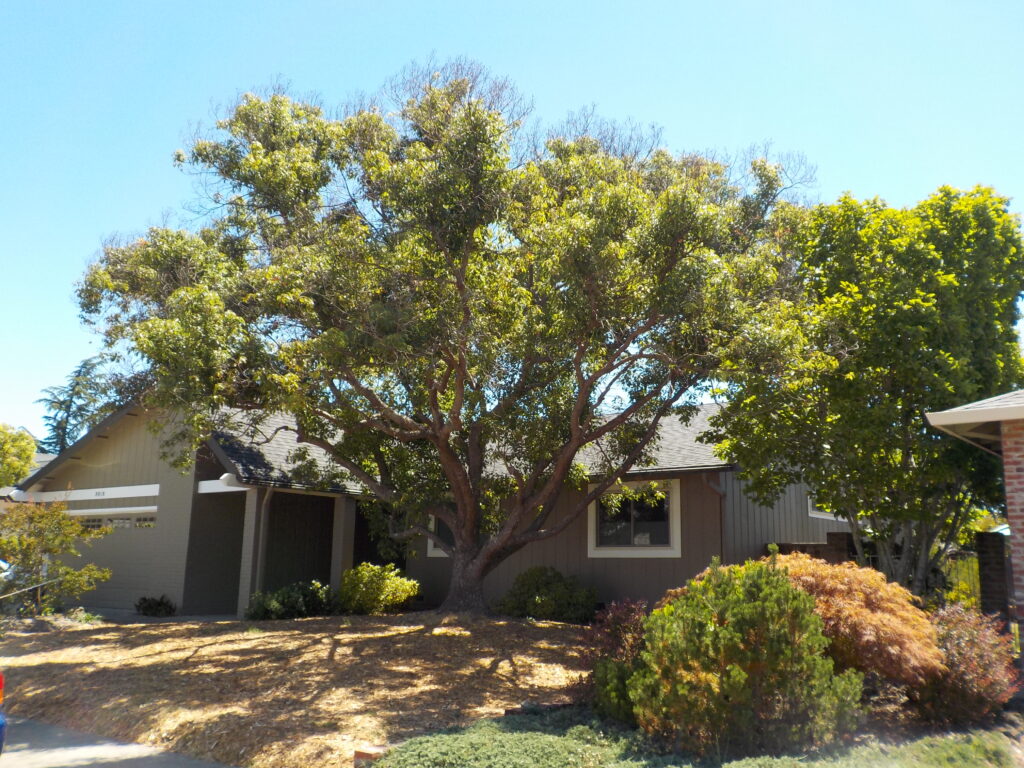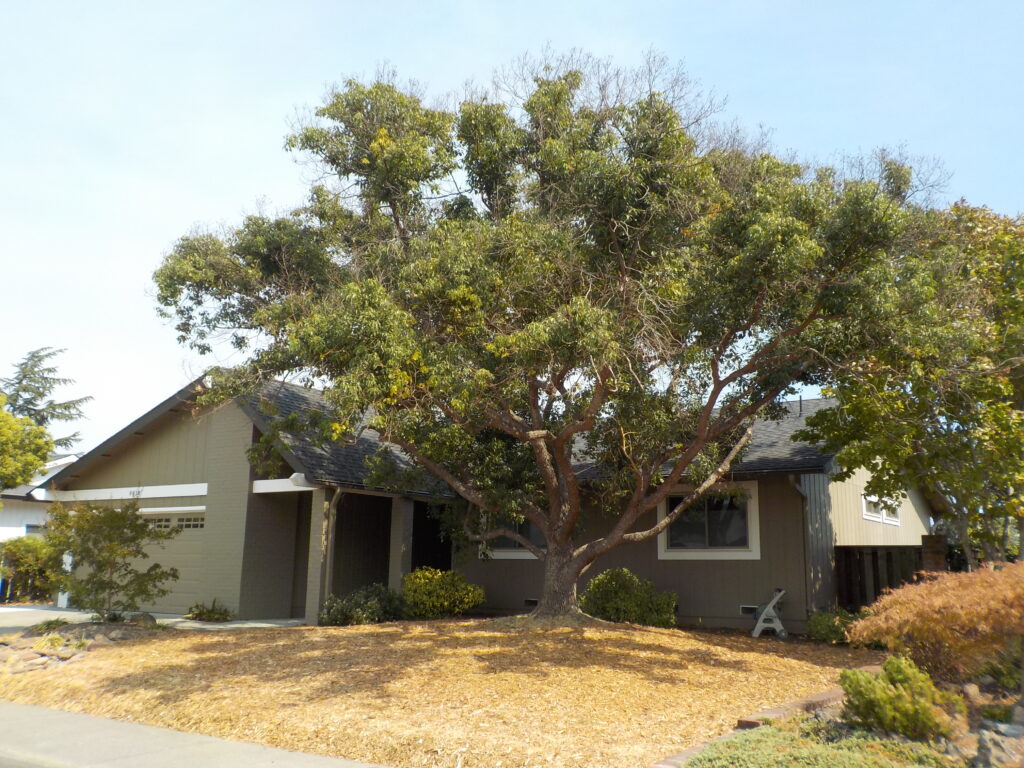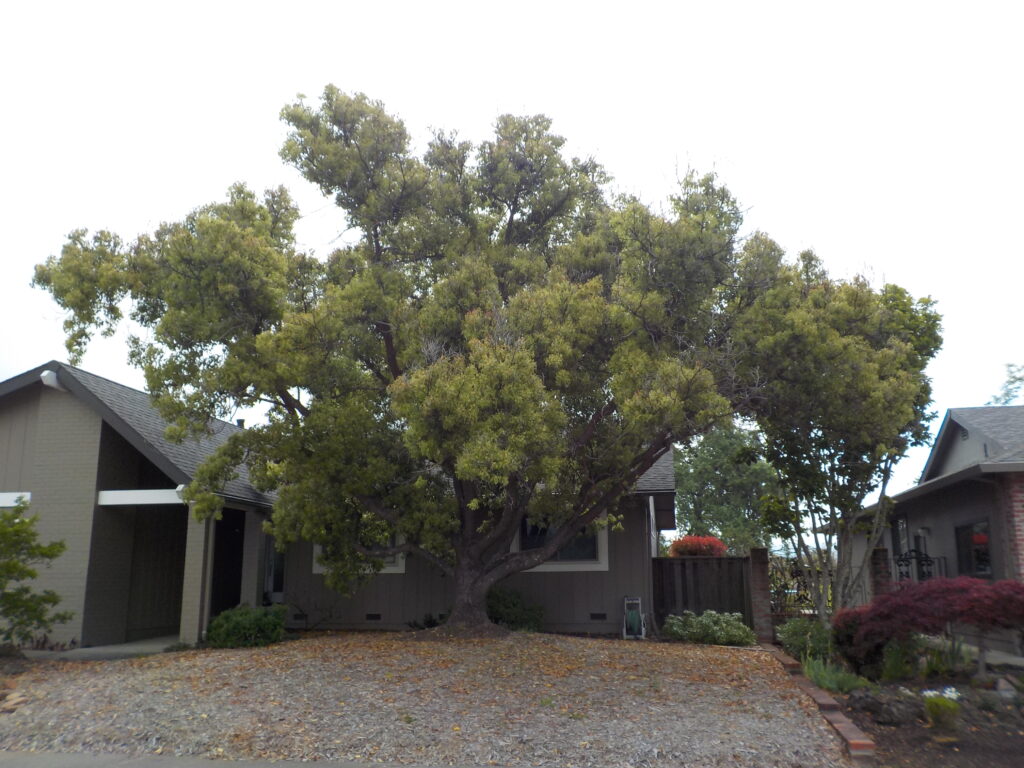I saw an article describing an atmospheric phenomenon called the “pneumonia front” this week and it made me start thinking about local kinds of wind and their names. No matter where you live, in the United States or elsewhere in the world, you have wind patterns that are related to your local geography. These winds can affect gardens, especially if they are persistent over time, but I enjoy hearing about the different names for wind too.

What causes the wind to blow?
Wind is the movement of air from one place to another. The air movement is driven by differences in air pressure from one place to another—the atmosphere tries to even out the pressure so air molecules are always moving from areas with higher density and pressure to areas with lower density and pressure. Since density and pressure are related to temperature (remember your ideal gas law from high school chemistry?) and temperature frequently changes as the sun moves across the sky or lakes and oceans warm and cool, the air is nearly always moving except where there is locally no variation in pressure such as the center of a high-pressure area.

Two common types of local winds
Winds are often linked to specific geographic features. For example, sea or lake breezes are located along the shores of large water bodies and are driven by pressure differences related to the relative temperatures of the land and water. When the water is colder than the land (for example, on a hot summer day), air pressure over the hot land is lower than over the cold water due to rising air over land (you can often see clouds where this is occurring). Air from over the water blows onshore in response to the lower pressure on land, leading to a cool breeze flowing over the hot land, cooling things off. At night when the land cools off more quickly than the water, the flow reverses and becomes a land breeze. Monsoons like the ones in India, the Southwest US, and other places are the largest-scale version of a sea breeze over thousands of miles and develop over weeks instead of hours.
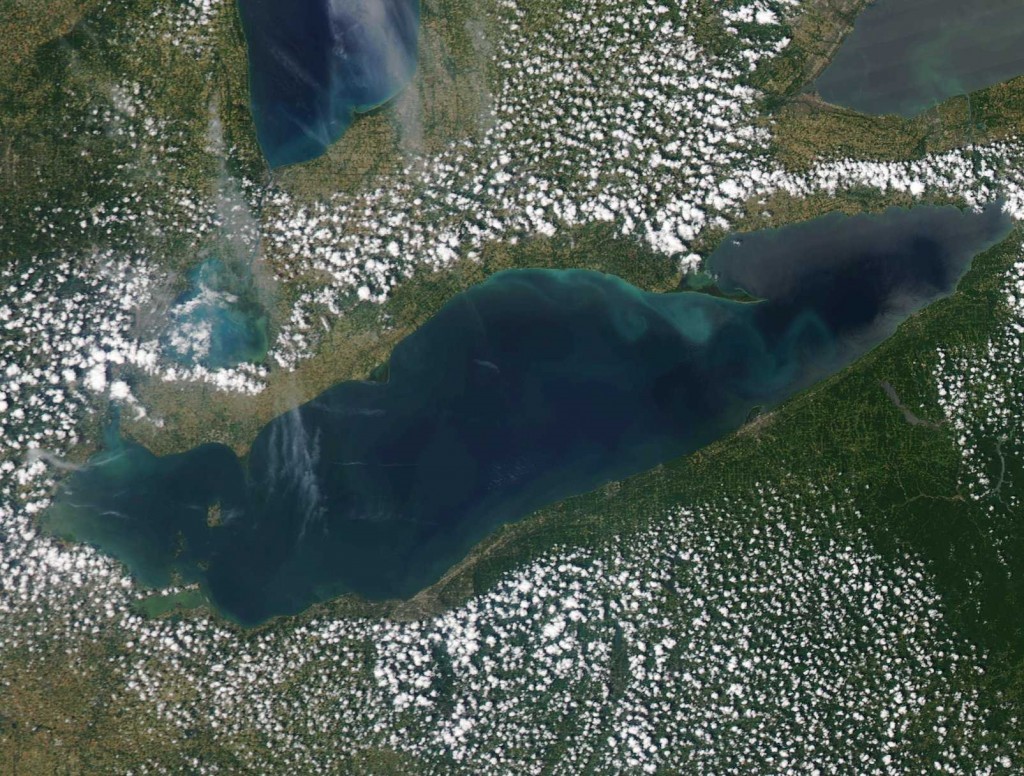
Another geography-linked local wind is the katabatic wind. Katabatic winds are related to differences in elevation that cause temperature variations that result in density differences in the air. In a katabatic wind, air at upper elevations cools off at night, creating a pool of very dense air that rushes down the sides of the mountains to pool in the valleys, creating pockets of very cold air. Vineyard owners know this and plant vines on the sides of hills so that the vines are not exposed to the coldest air (and to take advantage of sunlight, too). The recent frost in New England caused severe losses of apple blossoms in the bottom of valleys while orchards in higher elevations were less affected. In your gardens, this occurs on a small scale with frost pockets that can form in the lowest-lying areas of your yards and garden plots. Antarctica has some of the strongest katabatic winds, with shallow winds that can reach up to 200 mph due to extreme temperature and elevation differences in that continent.

Other local wind names
There are many other location-specific winds and weather patterns linked to wind that occur in other parts of the world. Some are driven by elevation differences, with wind blowing through gaps in mountain ranges (the mistral in France and the tehuantepecer in Mexico, for example). Others blow in specific directions where mountains prevent air movement in some directions, funneling the air into channels that bring characteristic weather to the local area. In northeast Georgia, for example, we have frequent incursions of cold air from the northeast, with air pushed south due to high pressure in northern latitudes that is prevented from spreading to the west by the Southern Appalachian Mountains. We call that phenomenon “the Wedge” due to the shallow and dense wedge of surface air that is pushed by the wind flow into our region numerous times a year. Areas with very persistent topography-driven winds often have trees with most of their limbs on the downwind side of the trunk.
How does wind affect gardens?
Wind causes many effects on gardens. It can blow frigid air into a region from the poles towards the equator, leading to advective frost which causes damage to fruit blossoms in spring. If the humidity of the wind is low, it can quickly remove soil moisture and desiccate plants where irrigation is limited or unavailable. When strong, it can rustle leaves, break limbs, and even topple entire trees, especially where wet ground weakens the anchoring of tree roots. In fact, one measure of wind speed, the Beaufort Scale, uses an empirical scale related to the appearance of waves (on the sea) and tree movement (on land) to categorize wind strength. Some wind is a good thing for many plants because it provides stresses that help strengthen the stems and trunks, but too much can cause a lot of damage from wind-blown debris or direct force on the plants.

What local winds do you see and what impacts do they have on your gardens?
This blog has reached 194 different countries with many thousands of unique visitors a year, so the variety of local winds you experience must be amazing. Some of them are variations on the winds described above, either topography-driven winds like katabatic or anabatic (the opposite of katabatic, with up-valley winds during the day) or foehn winds. Others may develop due to unique geographic features of your area such as the Columbia River Gorge with winds so strong it is a haven for windsurfers. We’d love to see a comment on your local winds and how they affect your gardens!
I close by quoting the famous poem from Christina Rossetti that provided our title for this blog post, one of my favorites:
Who Has Seen the Wind?
Who has seen the wind?
Neither I nor you:
But when the leaves hang trembling,
The wind is passing through.
Who has seen the wind?
Neither you nor I:
But when the trees bow down their heads,
The wind is passing by.


